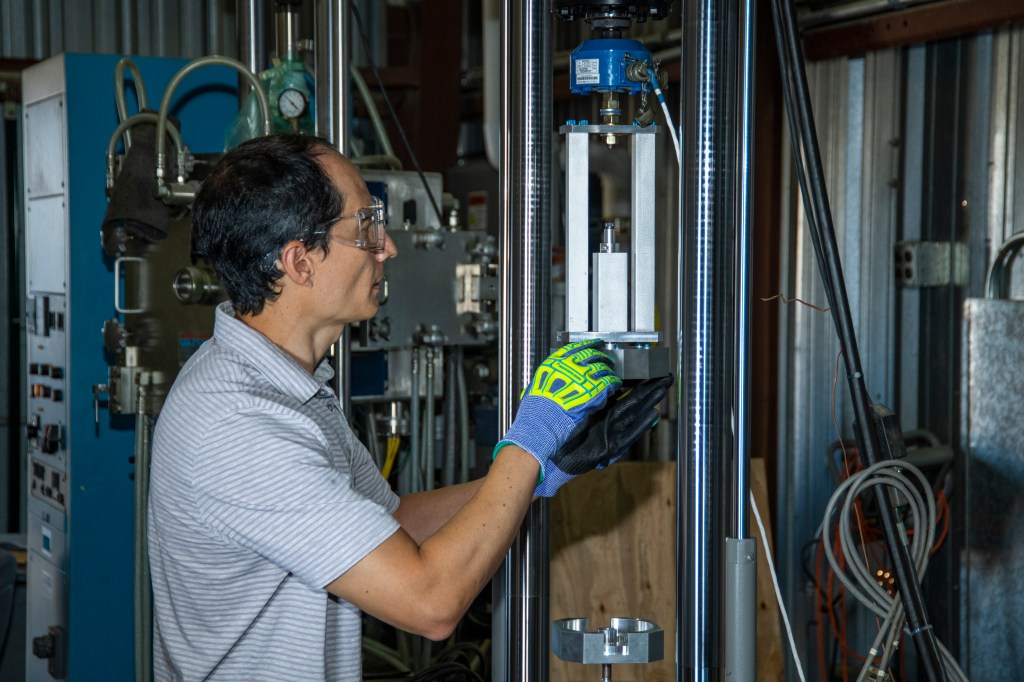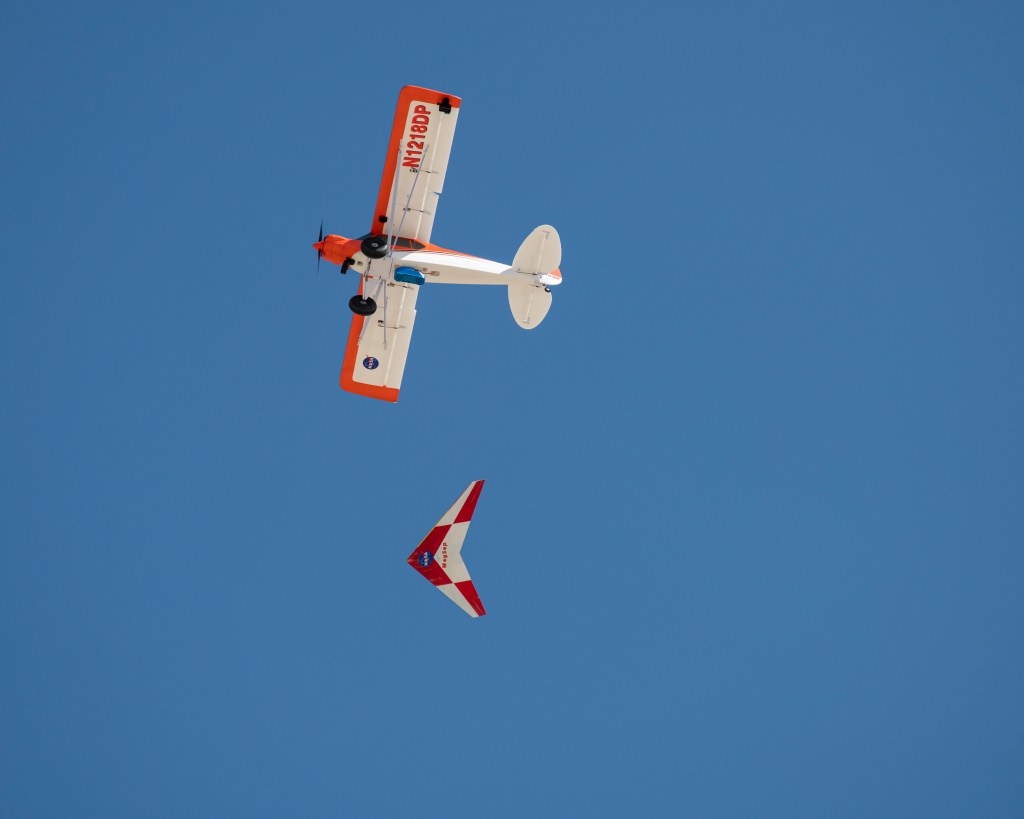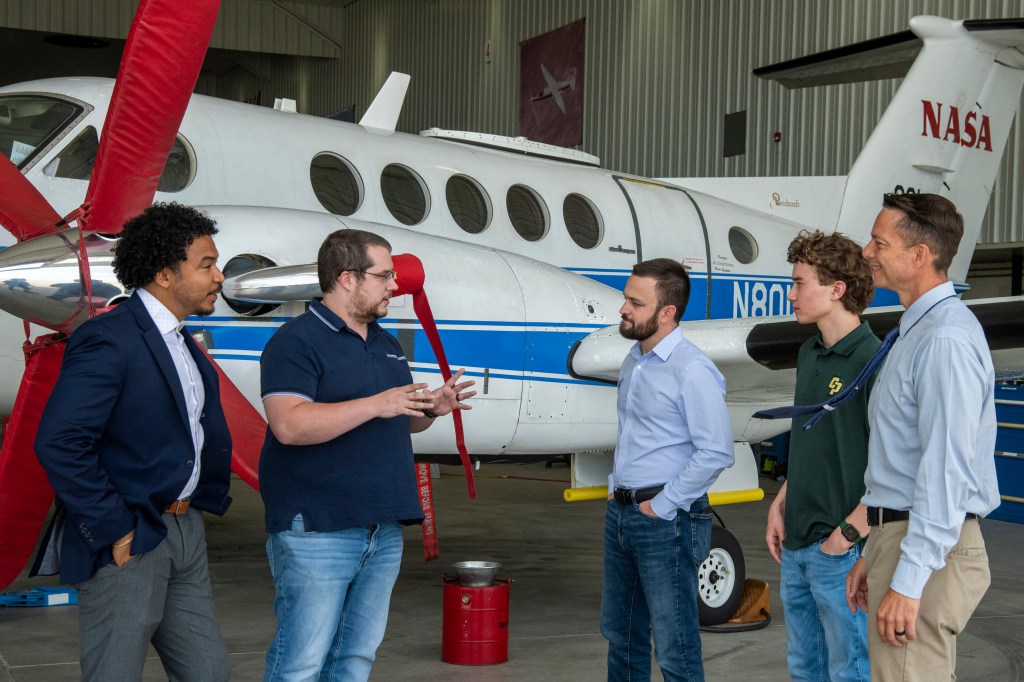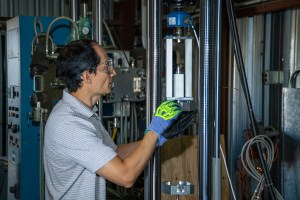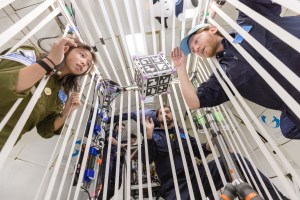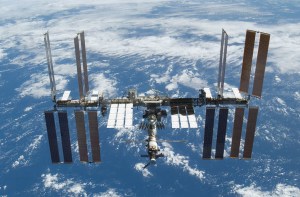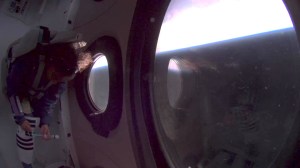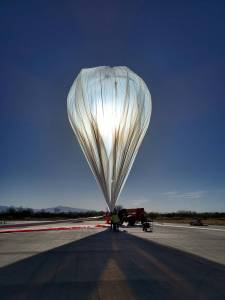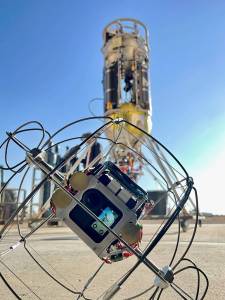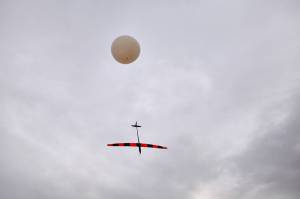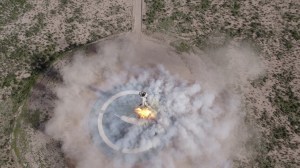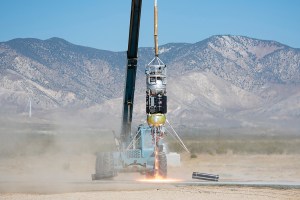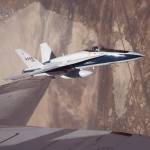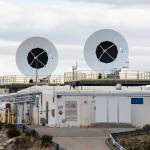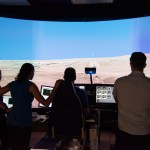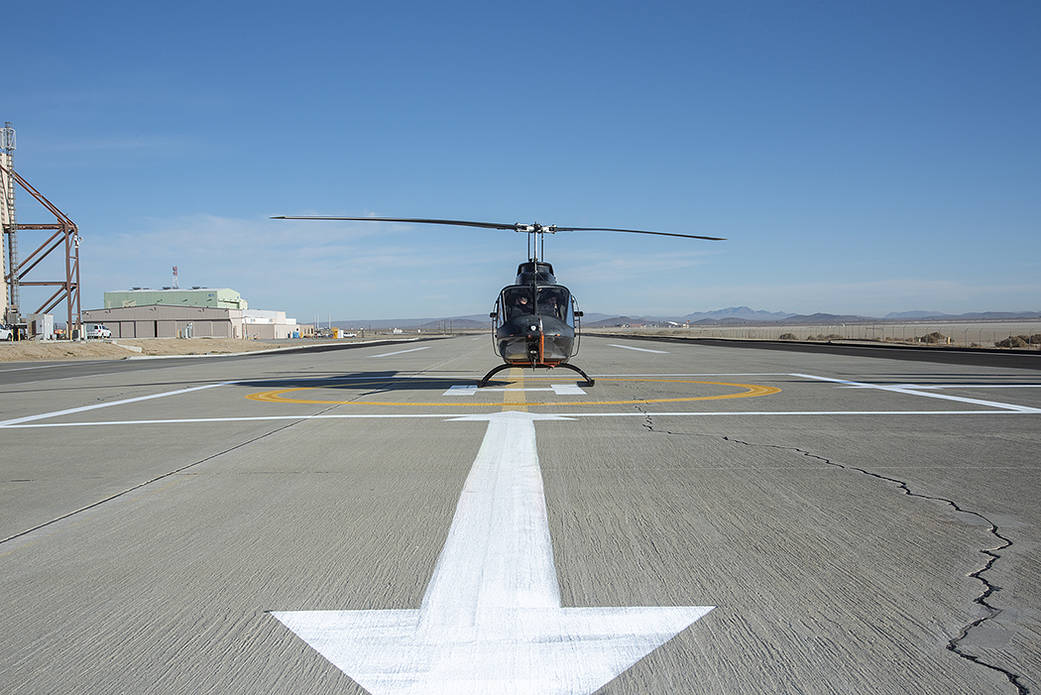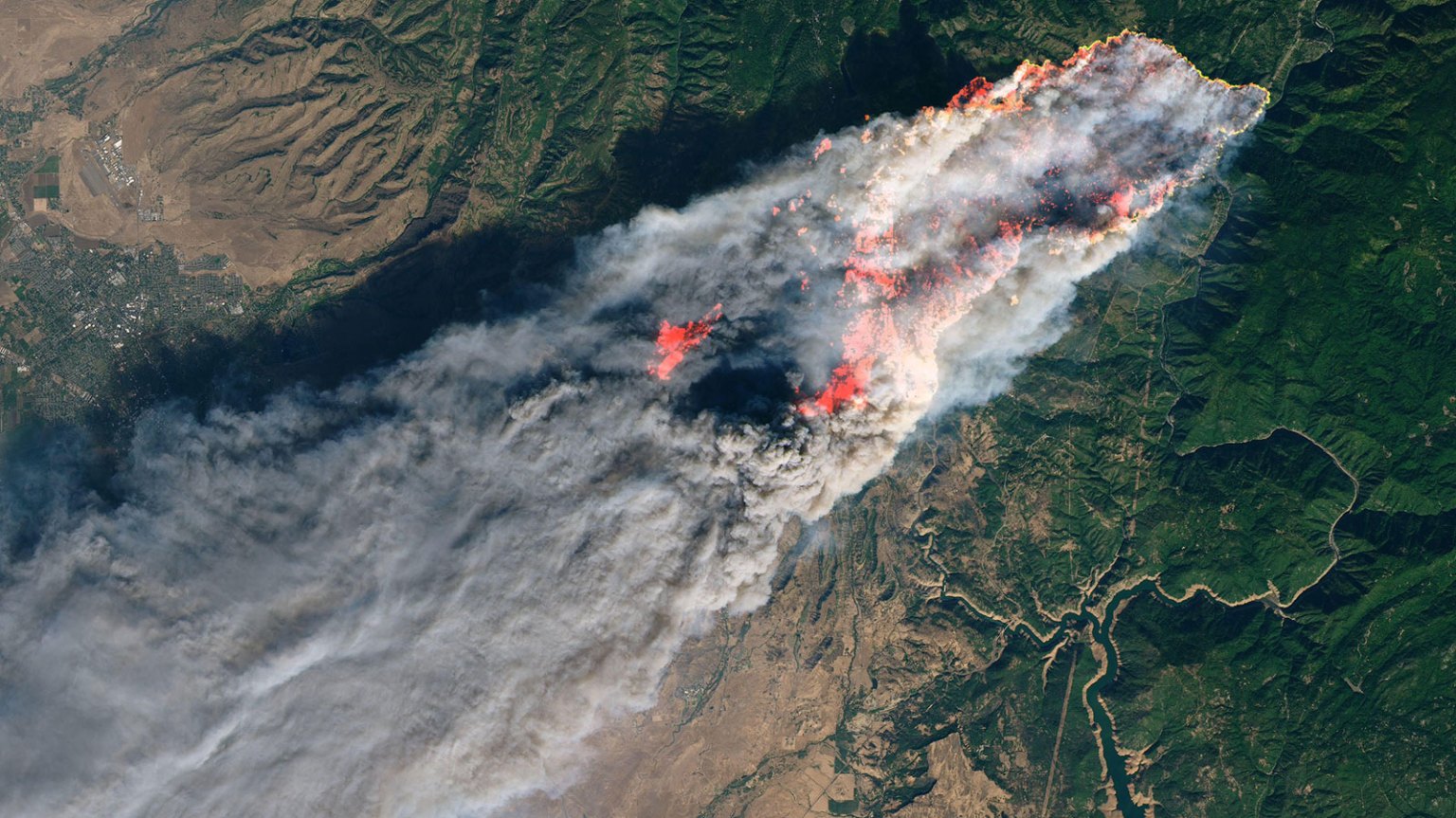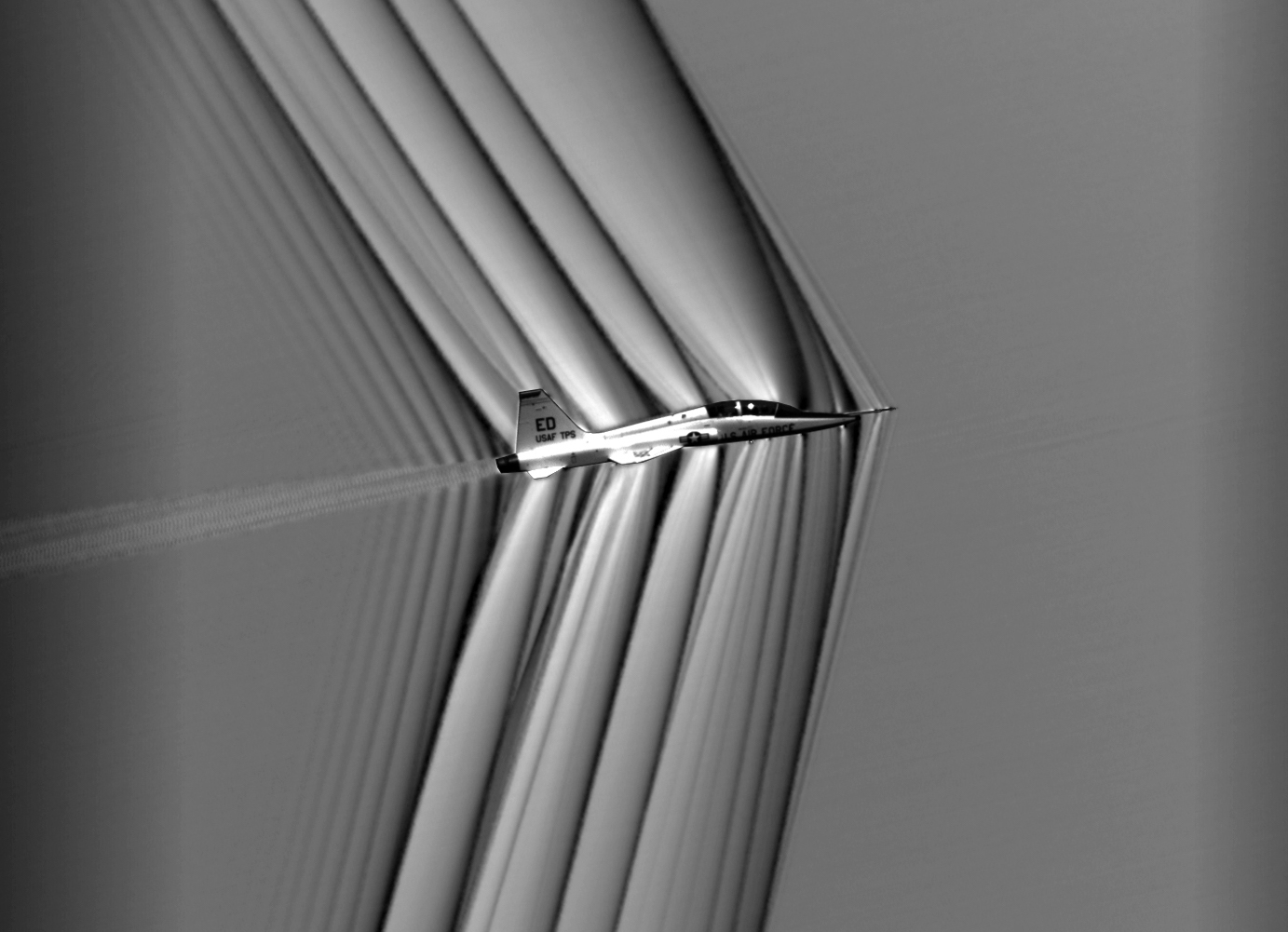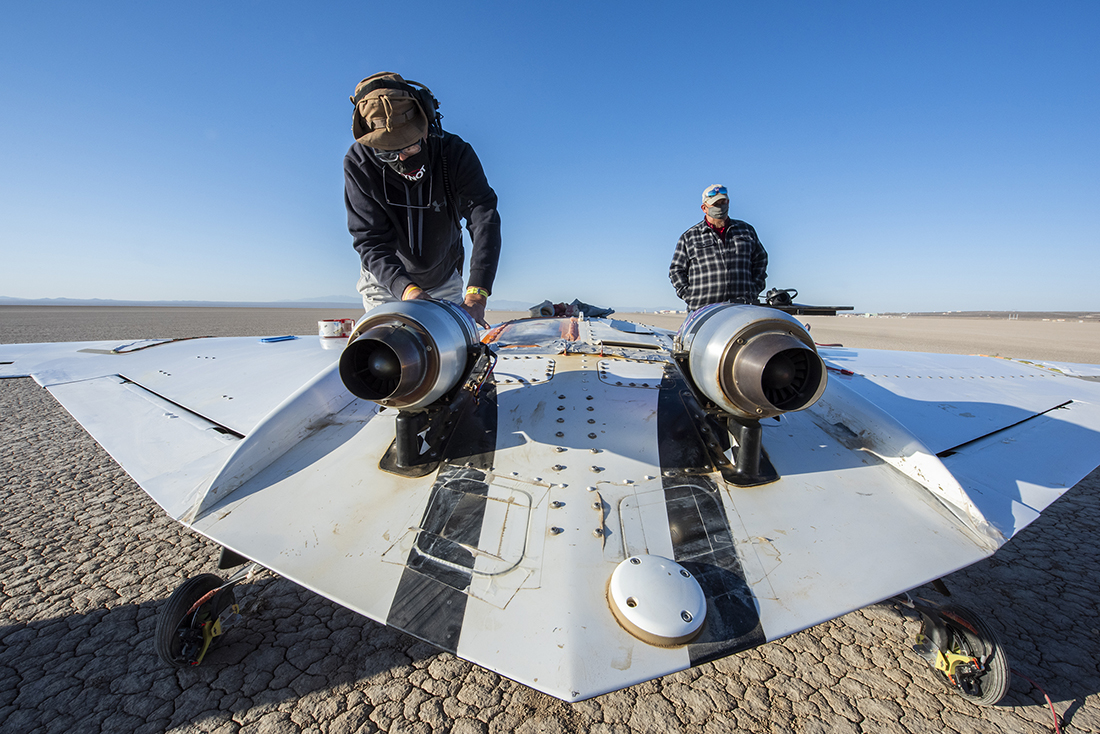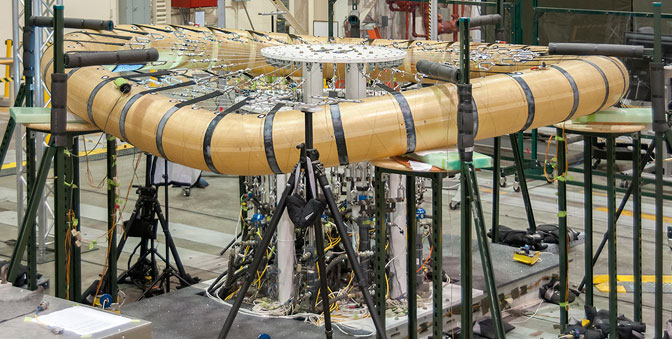
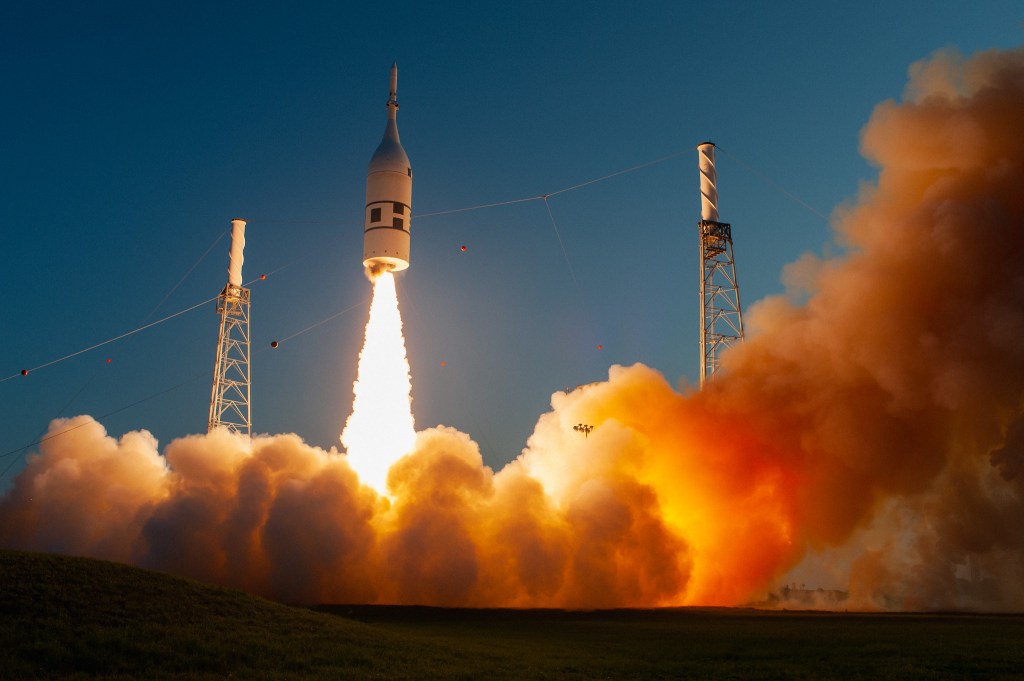
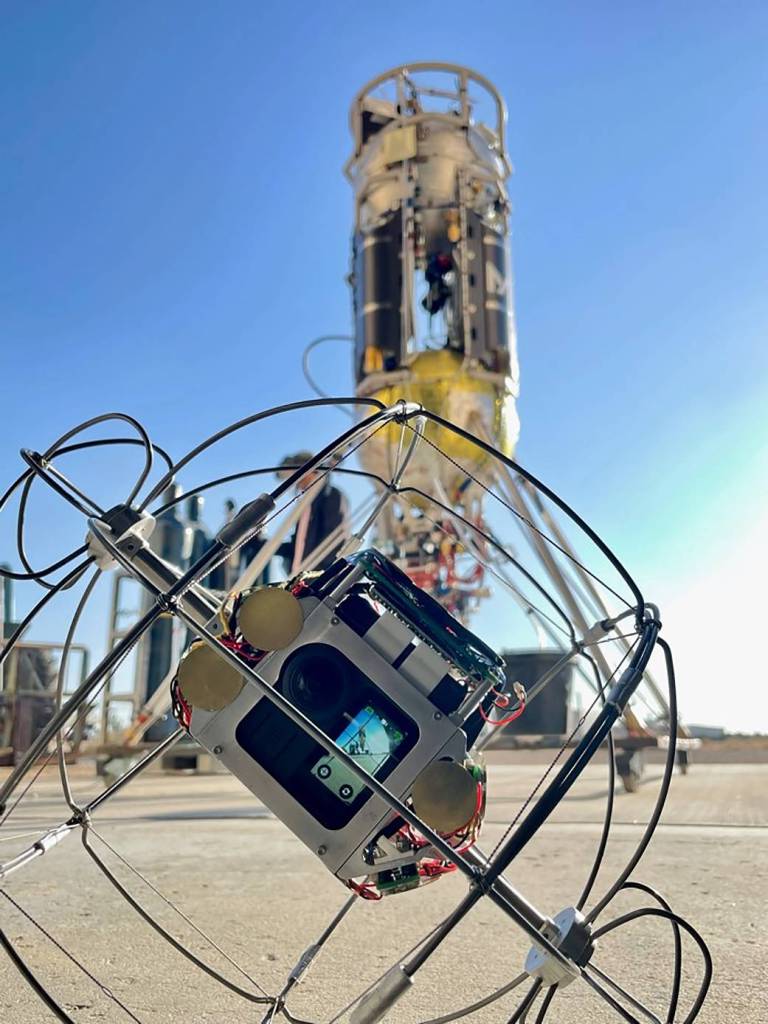
Space Projects
Armstrong Flight Research Center in Edwards, California, supports NASA’s Human Exploration and Space Technology missions by exploring space beyond low-Earth orbit and developing and demonstrating revolutionary, high-payoff technologies.
Branch Chief
Tony Ginn
Deputy Branch Chief
John Kelly
Flight Opportunities Program Manager
Danielle Mcculloch
Flight Opportunities
Rapidly demonstrating technologies for space exploration, discovery, and expansion of space commerce.
Learn More About the Program about Flight Opportunities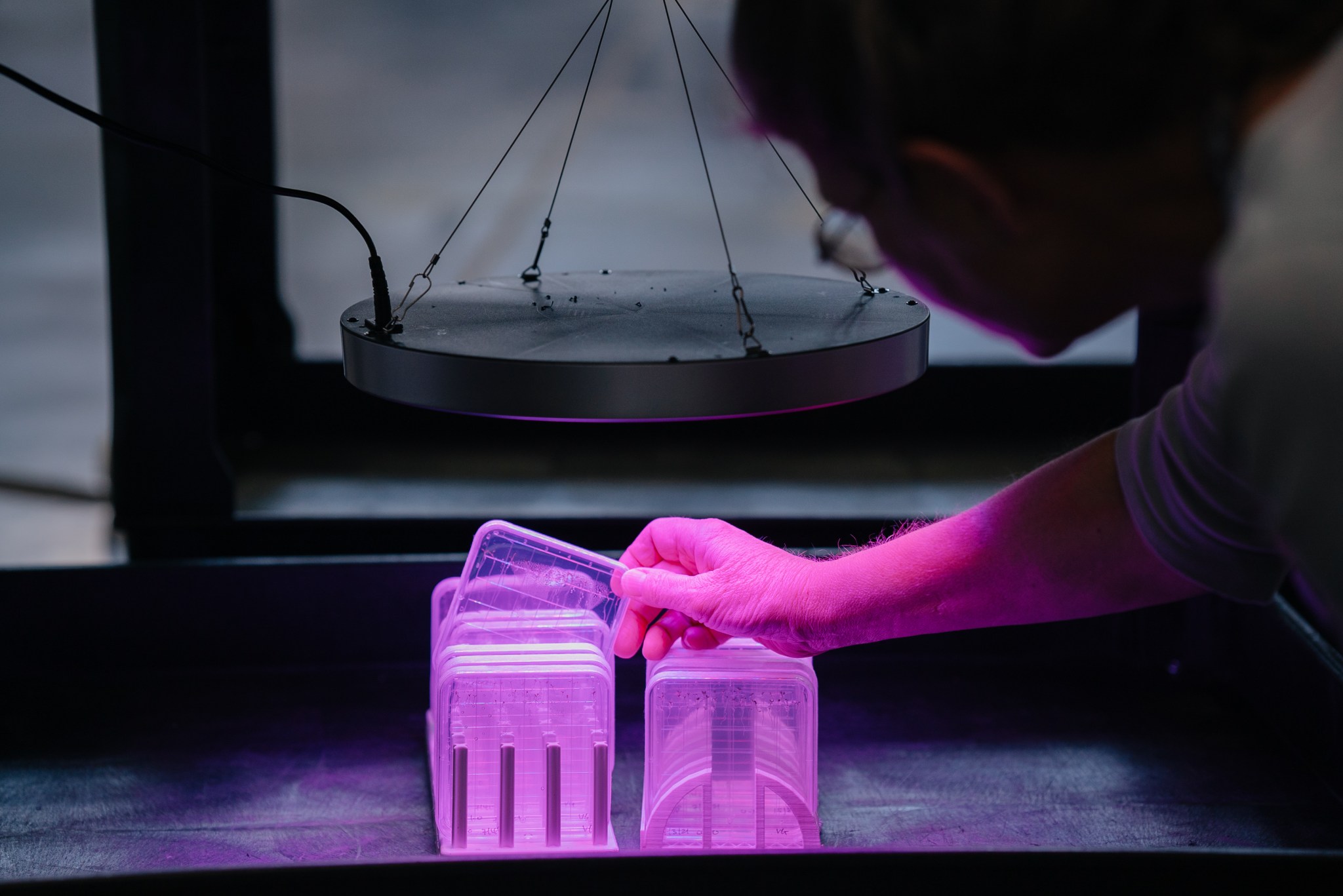
Research Focus Areas
In addition to the Flight Opportunities program, Armstrong plays a pivotal role in NASA's space exploration and technology mission activities.
NASA TechRise Student Challenge Tests Experiments in Stratosphere
On July 24, students from 30 middle and high schools selected for NASA’s TechRise Student Challenge watched their experiments launch…
Read the Story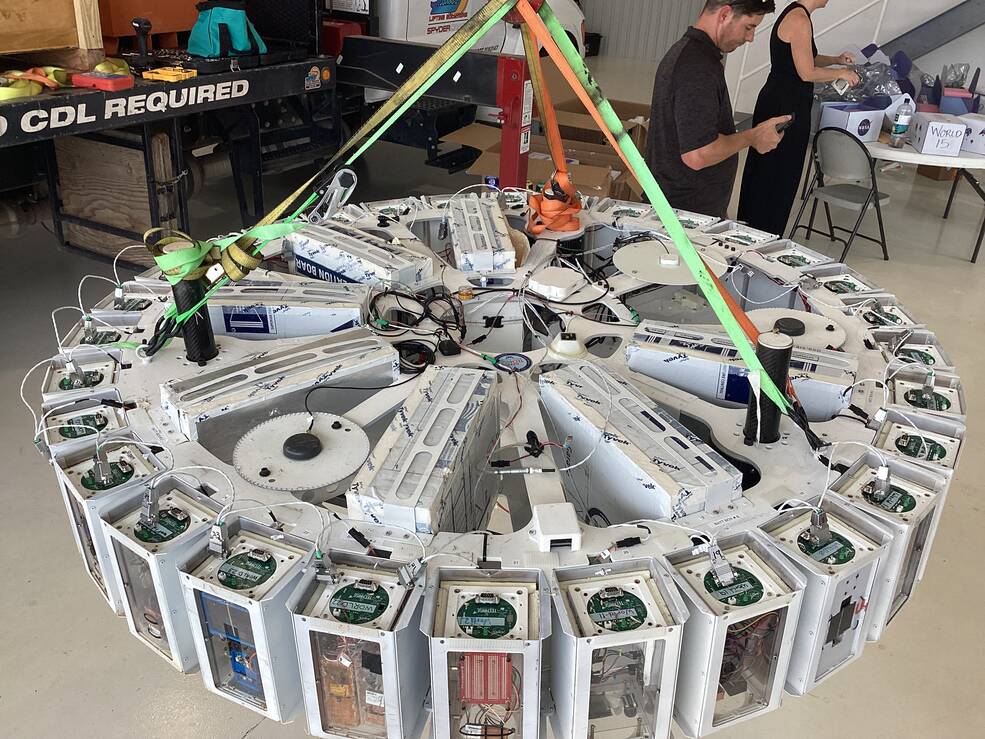
Space Projects News
Stay up-to-date with the latest news from Armstrong's as we break down barriers and accelerate change for the benefit of humanity.
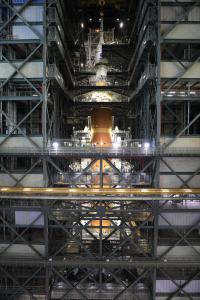
As 2026 nears, NASA continues moving forward to launching and flying Artemis II, the first crewed mission under the Artemis…

Listen to this audio excerpt from Diamond St. John, engineer working on the Artemis III heat shield for the Orion…

With Artemis II, NASA is taking the science of living and working in space beyond low Earth orbit. While the…

As NASA’s Orion spacecraft is carrying crew around the Moon on the Artemis II mission, a team of expert engineers…
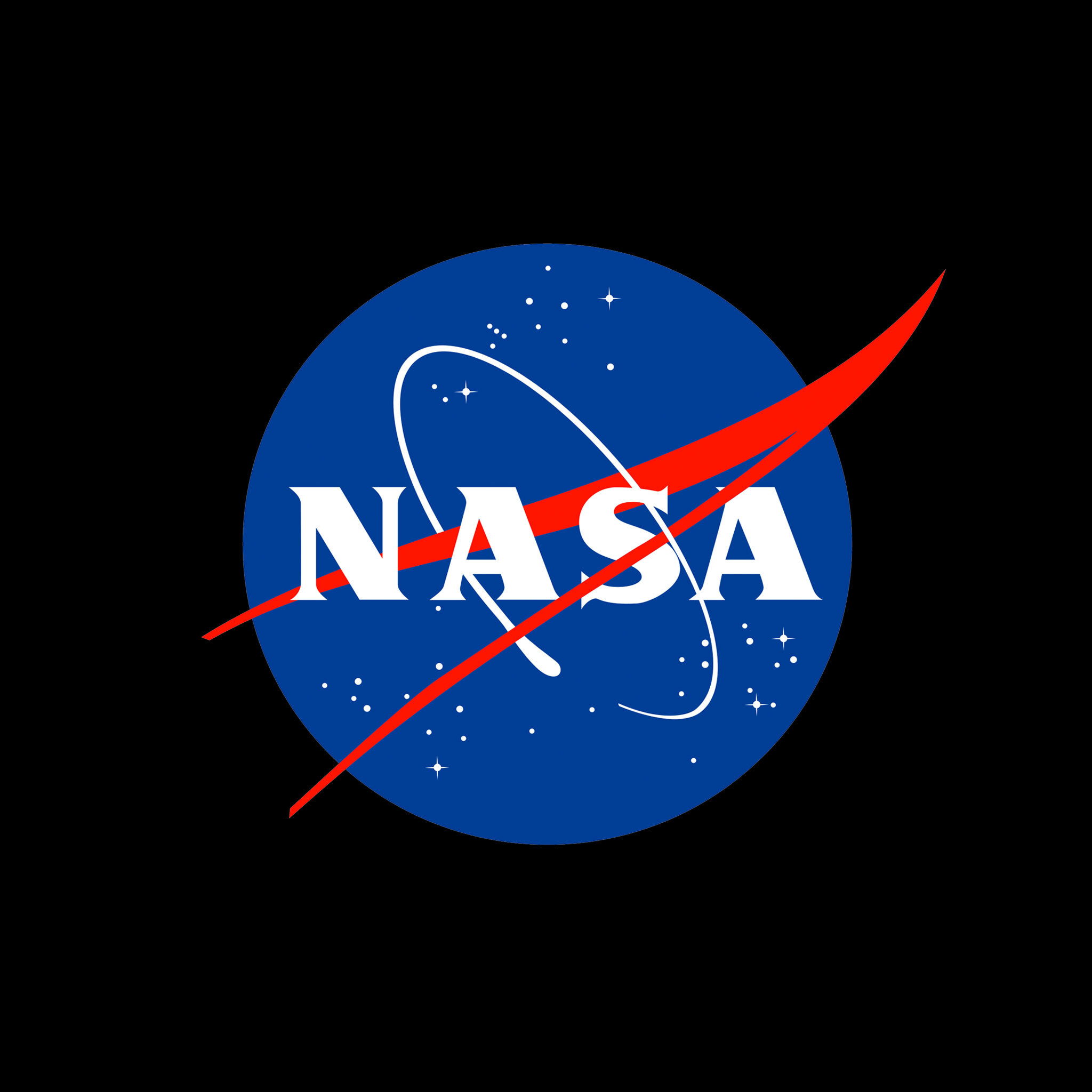
NASA announced 10 winning teams for its latest TechLeap Prize — the Space Technology Payload Challenge — on June 26.…

The first crew slated to fly in NASA’s Orion spacecraft during the Artemis II mission around the Moon early next…
Lander Simulation Testing Helps Advance NASA Navigation Technology
How do you test lunar lander technology on Earth before going to the Moon? NASA uses commercial flight providers like Masten Space Systems vertical takeoff vertical landing rocket, Xodiac, to validate it during a recent flight in Mojave, California.
The flight test simulates some of the maneuvers of a lunar lander. Designed for precision landing in a very tightly defined area, the Navigation Doppler Lidar technology transmits laser beams to the ground that bounce back to a sensor, providing information about the lander’s velocity and distance to the ground. Unlike Earth where GPS satellites are used to navigate, NASA needs new technology to explore the Moon and other planets so a precision landing technology could open possibilities to land anywhere even near a crater.

























